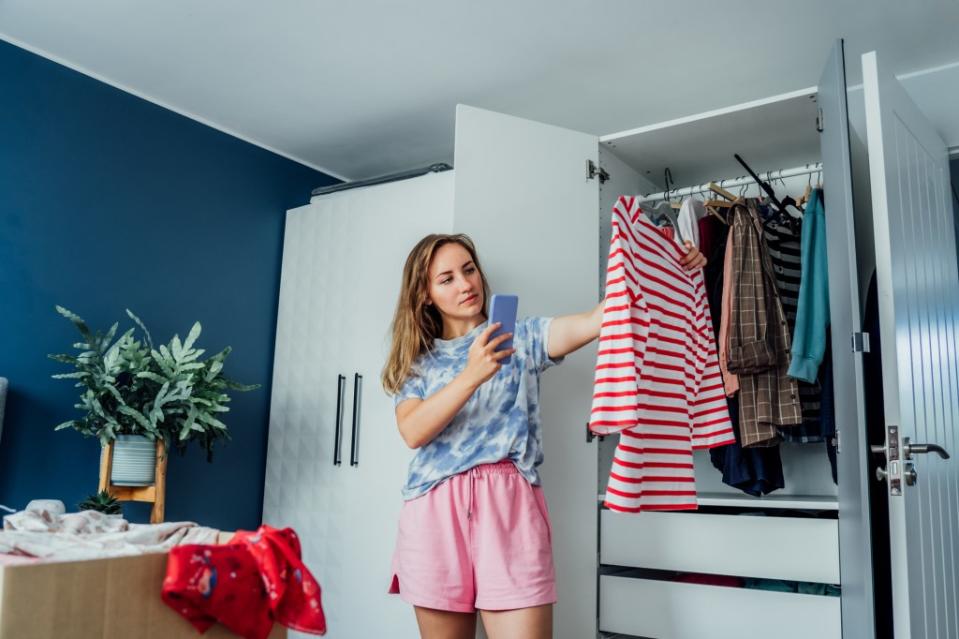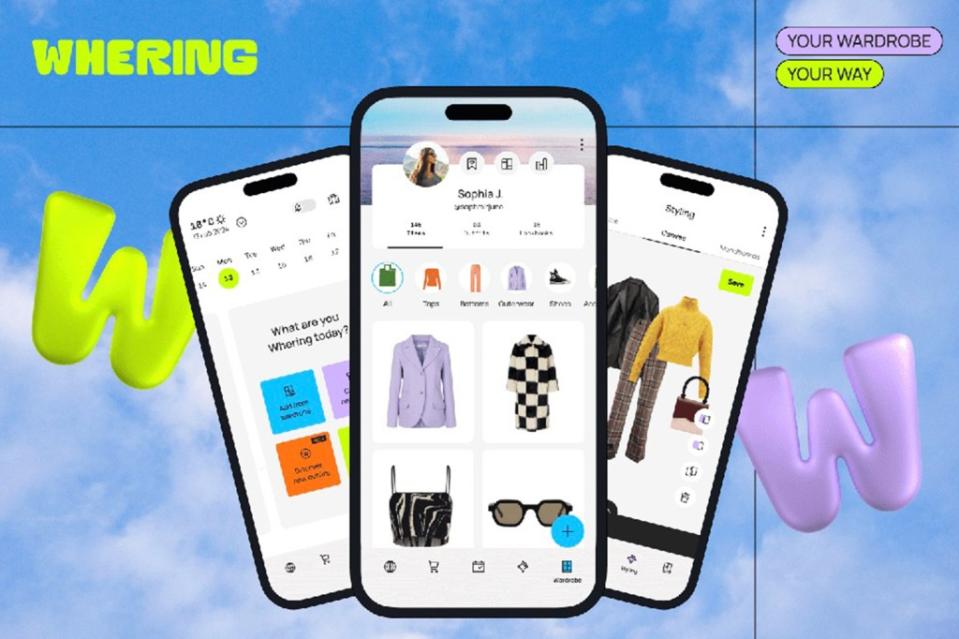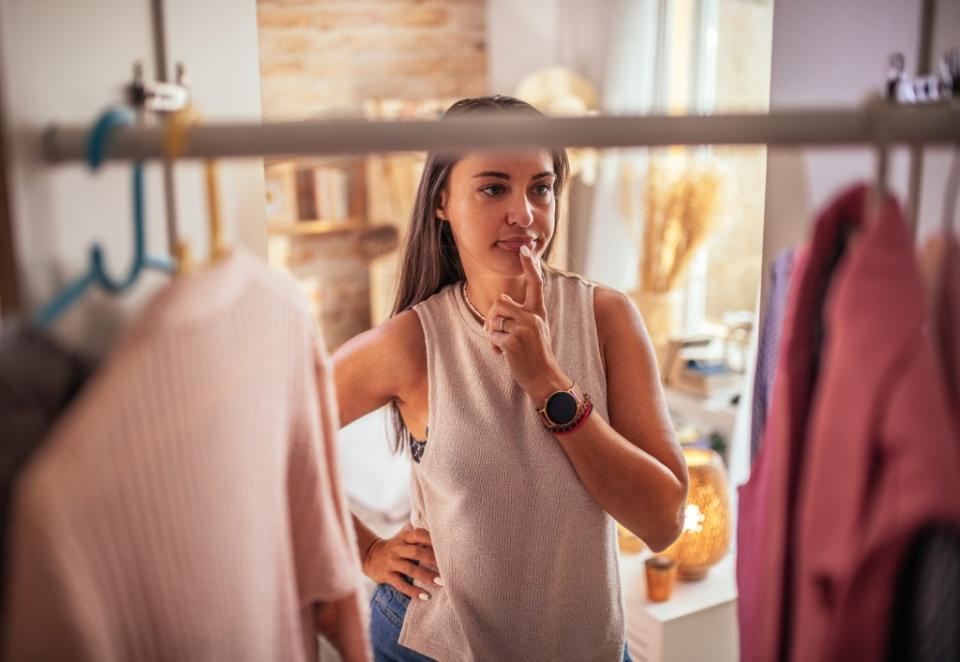This app will mix and match outfits for you, ‘Clueless’ style — and cure buyer’s remorse

- Oops!Something went wrong.Please try again later.
It’s a dilemma women have faced for ages: a wardrobe brimming with fabulous garments, yet nothing to wear.
It was a problem all too familiar to Bianca Rangecroft, whose daily closet conundrum inspired her to create Whering, a wardrobe-indexing app that tracks how many times you wear each piece while allowing users to mix and match items, “Clueless” style.
“I think the biggest problem for me was overconsumption,” the 30-year-old founder told The Post.
It’s a classic case of buyer’s remorse, which plagues 74% of shoppers, according to a 2022 survey of 2,000 Americans. One of the chief complaints among spenders was using the item less frequently than anticipated and overspending.
“I was the type of girl who would go out at her lunch break and shop some fast fashion item because I had to look good for meetings,” said Rangecroft, who lives in the UK. “Then I’d come home and I’d be like, ‘Oh my God, I have three ruffled shirts from Zara, what was I thinking?'”
At the time, she worked in banking and had “practically everything that I needed, yet was still buying things that didn’t serve my needs.” For instance, too many of the same blouses, or items that were not “good quality” like cheap coats that would leave her “freezing to death” in winter.
The antidote for buying binges and regrets? Wardrobe tracking, a tech-savvy way to index your closet to get the most out of your garments and dress intentionally with the tap of a button — not unlike Alicia Silverstone’s swanky Beverly Hills digs with her entire wardrobe indexed on her 1995 desktop that allowed her to mix and match garments.
While It girl Cher Horowitz is fictional, platforms like Stylebook and Pureple have made her futuristic wardrobe a reality.
On Whering, users can upload photos of garments, shoes and accessories and use the images to create various outfit combinations by occasion. Plus, it tracks the cost per wear and calculates the total cost of a wardrobe, which Rangecroft said helps shoppers think “differently about the ownership of clothes” and get the most out of their closet.

“I think the emotional piece is something that we never talk about, but was definitely something that helped me a lot transition from overconsuming really low-quality garments into now being like, ‘Am I going to add something to my digital wardrobe? It better be good,'” Rangecroft said.
Neuropsychology researcher Charlotte Wilkinson didn’t shop for an entire year after learning how much her closet costs thanks to Whering, although she struggled “to fulfill that novelty that I previously got from spending,” she told The Post.
That is, until using the app allowed her to create outfits that felt new to her with pieces she already owned, negating the need to spend money.
“These days we have so much choice, that we’re paralyzed by it. Having that visual inventory I think is really beneficial,” said 30-year-old Wilkinson, who lives in Houston.


Similarly, shopaholics have been proudly auditing their vast collections of clothing, shoes and accessories online, showcasing how they maximize their pieces and shop less, using their iPhone Notes app, Excel spreadsheets and apps.
For Rangecroft, seeing her in-app wardrobe metrics — which calculates cost per wear based on the item’s price tag and number of wears — holds her “accountable.” Now, she only purchases five or six good-quality pieces per year.
“When I see it tracked, I see the metrics on the screen, like, ‘Oh gosh, you bought this thing, you’ve worn it once and your cost per wear is really bad,'” she explained.
“It’s literally changed my life in terms of shopping.”
In a way, wardrobe tracking dismantles the “homogeneity” fostered by rapid trend cycles that play out online, Rangecroft said, which has seemingly killed personal style en masse, much to the chagrin of fashionistas. In a fast-paced world revolving around social media trends and viral aesthetics, people are “constantly bombarded” by ads, creators or friends touting the latest and greatest.
That, said Rangecroft, means “we don’t really take time to figure ourselves out.”

“There’s been some sort of paradigm shift in how people understand that we’re basically being influenced to buy the same things as everyone else and we’re losing our unique personal style,” she lamented. “There’s no more effort in shopping.”
Indexing your closet, then, has been a wake-up call.
“That’s why virtual tracking can be so exciting and so important,” she continued. “Because you can start to determine what you want your personal style to really be, and you can actually look at cold, hard data to help you do that.”

